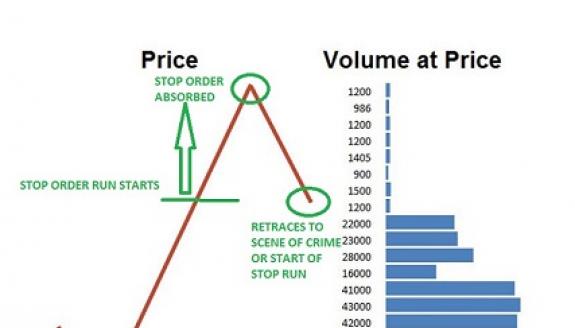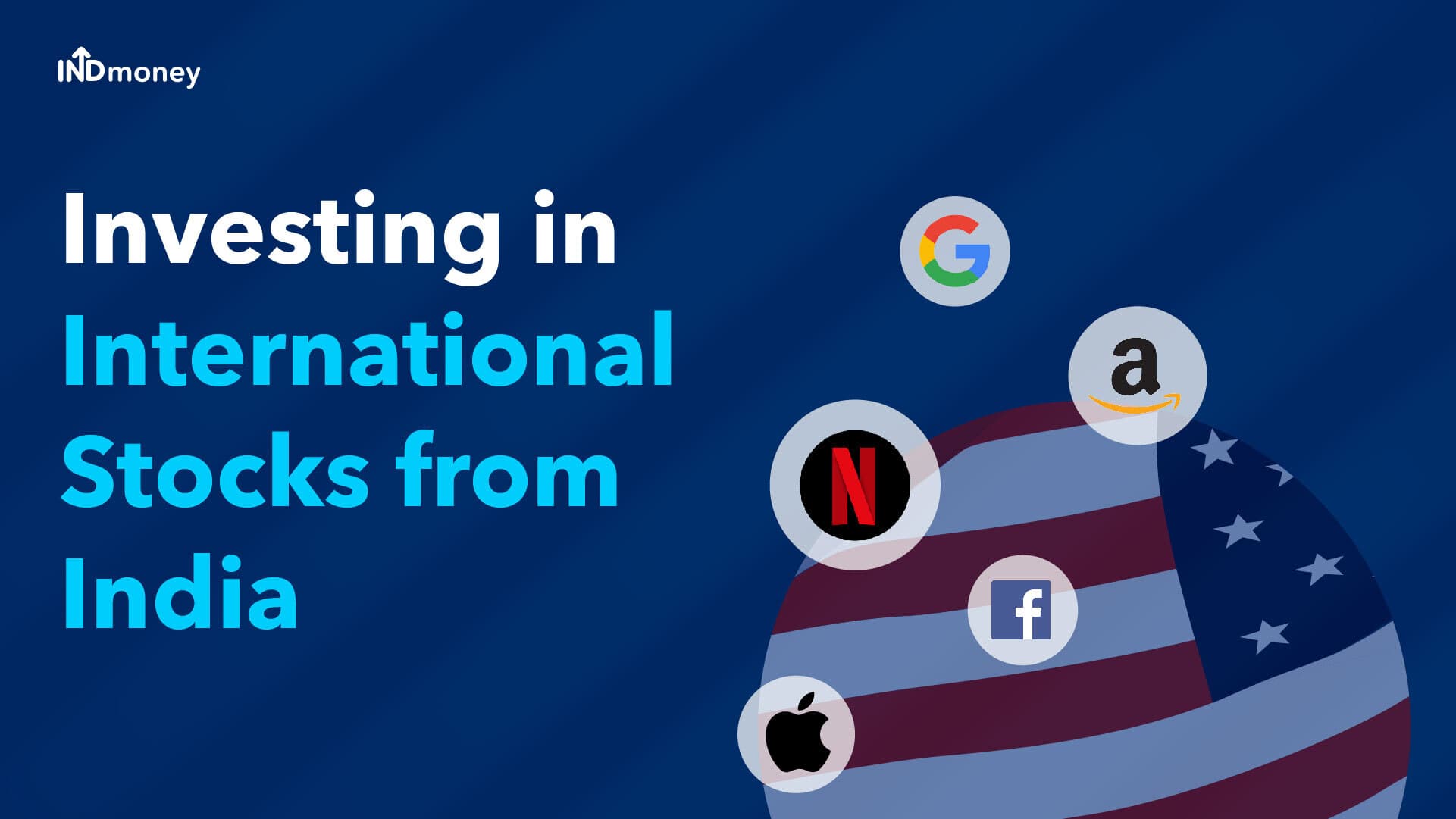
An important part of any Forex trading strategy is selecting the right lot size. The right amount will help you maintain a consistent trading position and protect your capital. You don't want to risk more than you can afford to lose.
To make your decision, you'll need to consider several factors, including how much risk you're willing to accept, how much capital you have available, and what your target position size will be. Your broker will help you choose the right account size. A lot size calculator is also available to determine the correct size.
The optimum size for your account will depend on the currency pair you are trading. For EUR/USD pairs, the standard lot size is 100,000 units. This is equivalent to 112,000 US dollars. Your broker may allow you to increase the size of your positions by increments up to one or two lots. If you're trading a high-volatility currency pair, you might want to consider a smaller position size.

Mini lots are the smallest lot size that can be used to trade a currency pair. They are equivalent to approximately 10,000 units of base currency. The nanolot is close behind, with approximately 112 units. The best way to minimize excessive risk and maximize profits is to choose the right lot for your account.
Micro lots are a great option for beginners. These are great for traders just starting out in forex trading and looking to increase their profits. If you're a professional trader, you might want to consider a nano lot.
The best way to choose the right lot size is to make sure that you know what you're doing. You can use a lot-size calculator to help determine how large your trades are and whether you're optimizing your chances for success. A lot size calculator will help you recover losses. This calculator can help you calculate how much of your account will be affected if your trade fails. It can also show you the best ways of increasing your account balance.
Choosing the right lot size for your account is a key component in a good forex trading strategy. The right size will enable you maintain a consistent position and protect your capital. Your broker can help guide you in choosing the right account size. You can also use the best lot size calculator to determine the appropriate size. It is not a good idea to put your money at risk. It is also not a good idea to trade small profits with large lots.

There are many calculators, but you don’t have to spend too much time looking for the best. Many forex brokers offer position sizes calculators, such BabyPips. There are websites that offer free position calculators, such Investing. The best calculator for your trades will be the one that suits you and your trading style.
FAQ
How are securities traded?
Stock market: Investors buy shares of companies to make money. Companies issue shares to raise capital by selling them to investors. Investors then resell these shares to the company when they want to gain from the company's assets.
The supply and demand factors determine the stock market price. When there are fewer buyers than sellers, the price goes up; when there are more buyers than sellers, the prices go down.
You can trade stocks in one of two ways.
-
Directly from the company
-
Through a broker
What is the main difference between the stock exchange and the securities marketplace?
The entire list of companies listed on a stock exchange to trade shares is known as the securities market. This includes stocks as well options, futures and other financial instruments. Stock markets can be divided into two groups: primary or secondary. Stock markets that are primary include large exchanges like the NYSE and NASDAQ. Secondary stock markets are smaller exchanges where investors trade privately. These include OTC Bulletin Board Over-the-Counter, Pink Sheets, Nasdaq SmalCap Market.
Stock markets are important as they allow people to trade shares of businesses and buy or sell them. Their value is determined by the price at which shares can be traded. Public companies issue new shares. These shares are issued to investors who receive dividends. Dividends are payments made by a corporation to shareholders.
Stock markets not only provide a marketplace for buyers and sellers but also act as a tool to promote corporate governance. The boards of directors overseeing management are elected by shareholders. Boards ensure that managers use ethical business practices. The government can replace a board that fails to fulfill this role if it is not performing.
What is a Reit?
An REIT (real estate investment trust) is an entity that has income-producing properties, such as apartments, shopping centers, office building, hotels, and industrial parks. These publicly traded companies pay dividends rather than paying corporate taxes.
They are similar companies, but they own only property and do not manufacture goods.
What are some of the benefits of investing with a mutual-fund?
-
Low cost – buying shares directly from companies is costly. Buying shares through a mutual fund is cheaper.
-
Diversification - most mutual funds contain a variety of different securities. When one type of security loses value, the others will rise.
-
Professional management - professional mangers ensure that the fund only holds securities that are compatible with its objectives.
-
Liquidity is a mutual fund that gives you quick access to cash. You can withdraw your money at any time.
-
Tax efficiency- Mutual funds can be tax efficient. As a result, you don't have to worry about capital gains or losses until you sell your shares.
-
There are no transaction fees - there are no commissions for selling or buying shares.
-
Mutual funds are easy to use. You will need a bank accounts and some cash.
-
Flexibility - You can modify your holdings as many times as you wish without paying additional fees.
-
Access to information – You can access the fund's activities and monitor its performance.
-
Investment advice – you can ask questions to the fund manager and get their answers.
-
Security – You can see exactly what level of security you hold.
-
Control - You can have full control over the investment decisions made by the fund.
-
Portfolio tracking allows you to track the performance of your portfolio over time.
-
Easy withdrawal - You can withdraw money from the fund quickly.
There are some disadvantages to investing in mutual funds
-
Limited selection - A mutual fund may not offer every investment opportunity.
-
High expense ratio: Brokerage fees, administrative fees, as well as operating expenses, are all expenses that come with owning a part of a mutual funds. These expenses can impact your return.
-
Lack of liquidity - many mutual fund do not accept deposits. They must only be purchased in cash. This limit the amount of money that you can invest.
-
Poor customer support - customers cannot complain to a single person about issues with mutual funds. Instead, you must deal with the fund's salespeople, brokers, and administrators.
-
Ridiculous - If the fund is insolvent, you may lose everything.
Why is it important to have marketable securities?
A company that invests in investments is primarily designed to make investors money. It does this through investing its assets in various financial instruments such bonds, stocks, and other securities. These securities are attractive because they have certain attributes that make them appealing to investors. They may be safe because they are backed with the full faith of the issuer.
The most important characteristic of any security is whether it is considered to be "marketable." This refers to the ease with which the security is traded on the stock market. A broker charges a commission to purchase securities that are not marketable. Securities cannot be purchased and sold free of charge.
Marketable securities include common stocks, preferred stocks, common stock, convertible debentures and unit trusts.
These securities can be invested by investment firms because they are more profitable than those that they invest in equities or shares.
Statistics
- "If all of your money's in one stock, you could potentially lose 50% of it overnight," Moore says. (nerdwallet.com)
- The S&P 500 has grown about 10.5% per year since its establishment in the 1920s. (investopedia.com)
- Even if you find talent for trading stocks, allocating more than 10% of your portfolio to an individual stock can expose your savings to too much volatility. (nerdwallet.com)
- Ratchet down that 10% if you don't yet have a healthy emergency fund and 10% to 15% of your income funneled into a retirement savings account. (nerdwallet.com)
External Links
How To
How to Open a Trading Account
Opening a brokerage account is the first step. There are many brokers out there, and they all offer different services. There are many brokers that charge fees and others that don't. The most popular brokerages include Etrade, TD Ameritrade, Fidelity, Schwab, Scottrade, Interactive Brokers, etc.
Once your account has been opened, you will need to choose which type of account to open. These are the options you should choose:
-
Individual Retirement accounts (IRAs)
-
Roth Individual Retirement Accounts
-
401(k)s
-
403(b)s
-
SIMPLE IRAs
-
SEP IRAs
-
SIMPLE 401(k).
Each option has its own benefits. IRA accounts are more complicated than other options, but have more tax benefits. Roth IRAs are a way for investors to deduct their contributions from their taxable income. However they cannot be used as a source or funds for withdrawals. SIMPLE IRAs can be funded with employer matching funds. SEP IRAs work in the same way as SIMPLE IRAs. SIMPLE IRAs are very simple and easy to set up. They allow employees to contribute pre-tax dollars and receive matching contributions from employers.
You must decide how much you are willing to invest. This is called your initial deposit. Most brokers will offer you a range deposit options based on your return expectations. Based on your desired return, you could receive between $5,000 and $10,000. The conservative end of the range is more risky, while the riskier end is more prudent.
After you've decided which type of account you want you will need to choose how much money to invest. Each broker will require you to invest minimum amounts. The minimum amounts you must invest vary among brokers. Make sure to check with each broker.
After deciding the type of account and the amount of money you want to invest, you must select a broker. Before selecting a broker to represent you, it is important that you consider the following factors:
-
Fees-Ensure that fees are transparent and reasonable. Many brokers will try to hide fees by offering free trades or rebates. However, some brokers actually increase their fees after you make your first trade. Avoid any broker that tries to get you to pay extra fees.
-
Customer service – Look for customer service representatives that are knowledgeable about the products they sell and can answer your questions quickly.
-
Security - Look for a broker who offers security features like multi-signature technology or two-factor authentication.
-
Mobile apps - Find out if your broker offers mobile apps to allow you to view your portfolio anywhere, anytime from your smartphone.
-
Social media presence: Find out if the broker has a social media presence. It may be time to move on if they don’t.
-
Technology - Does the broker utilize cutting-edge technology Is the trading platform user-friendly? Are there any issues when using the platform?
After choosing a broker you will need to sign up for an Account. Some brokers offer free trials. Others charge a small amount to get started. After signing up, you'll need to confirm your email address, phone number, and password. You will then be asked to enter personal information, such as your name and date of birth. Finally, you will need to prove that you are who you say they are.
After your verification, you will receive emails from the new brokerage firm. These emails contain important information about you account and it is important that you carefully read them. For instance, you'll learn which assets you can buy and sell, the types of transactions available, and the fees associated. Also, keep track of any special promotions that your broker sends out. These may include contests or referral bonuses.
Next, open an online account. Opening an online account is usually done through a third-party website like TradeStation or Interactive Brokers. Both websites are great resources for beginners. You'll need to fill out your name, address, phone number and email address when opening an account. Once you have submitted all the information, you will be issued an activation key. This code is used to log into your account and complete this process.
You can now start investing once you have opened an account!